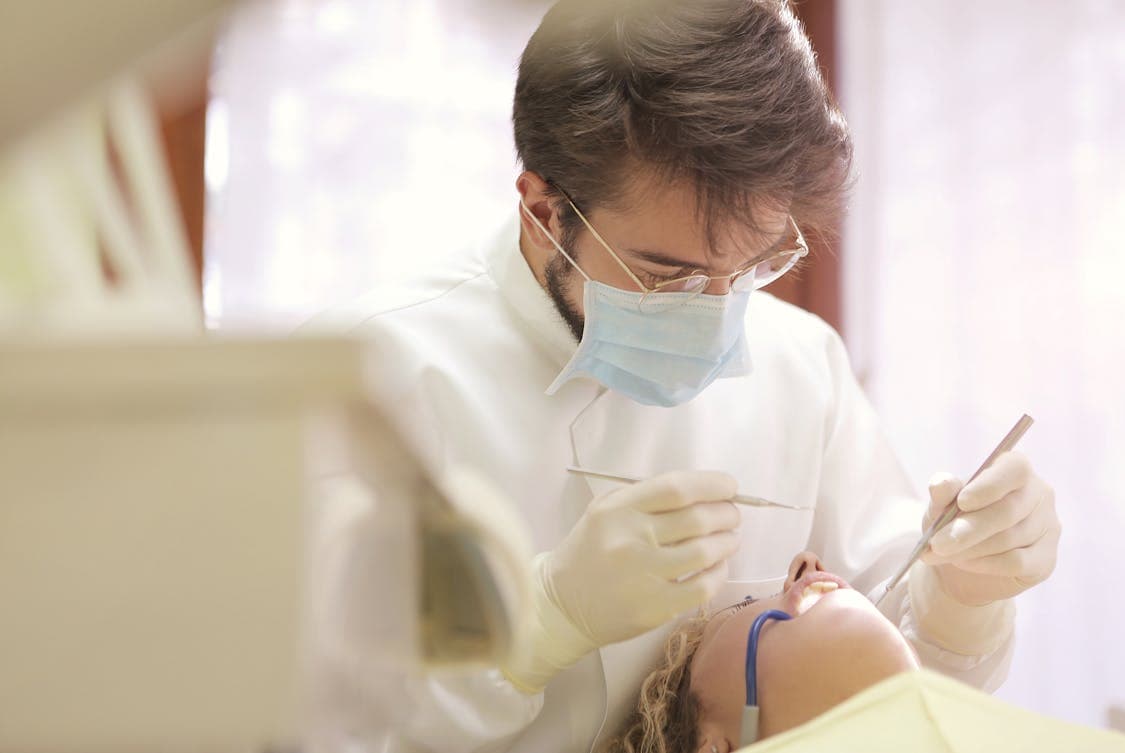
In the realm of dental enterprises, planning for the unexpected is not just a best practice—it’s a necessity. Natural disasters, cyber threats, or equipment failures can disrupt operations, potentially impacting patient care and business continuity.
Therefore, a well-crafted disaster recovery plan (DRP) becomes the backbone of resilience for any dental practice.
Understanding Disaster Recovery Plans
At its core, a disaster recovery plan is a strategy that outlines how a dental practice will restore operations after a disruptive event. The emphasis here is on minimizing downtime and ensuring that patient care is not compromised.
Essentially, it acts as a roadmap, guiding teams through various scenarios—from data breaches to physical disasters like floods or fires.
Key Components of a DRP
Risk Assessment: Identifying potential risks that could disrupt operations is the first step. This involves evaluating the likelihood of various incidents and their potential impact.
Business Impact Analysis (BIA): This analysis helps determine which functions are critical to business continuity. For dental practices, aspects like patient scheduling, record-keeping, and billing processes come into play.
Recovery Strategies: After identifying risks and critical processes, the next step is to outline strategies for recovery. This might involve backup systems, off-site data storage, or temporary office locations.
Many DSOs planning for growth integrate these recovery strategies into a Nationwide Rollout Model to ensure operational consistency and resilience across multiple regions.
The Role of Technology in DRPs
In today’s connected world, technology is a crucial player in any DRP. Cloud storage solutions provide real-time data backups, ensuring that patient records are safe and retrievable after an incident.
Remote access to practice management software allows staff to maintain operations from alternate locations, keeping the wheels turning even in a crisis.
Communication Plans
Effective communication can make or break a disaster recovery effort. Establishing clear lines of communication ensures that all team members are informed and aware of their roles during a crisis.
This might include notifying staff about emergency procedures or informing patients about changes in scheduling.
Building a DRP for Dental Practices
Crafting a DRP specific to dental enterprises involves understanding the unique aspects of the industry. Here’s how to tailor a plan effectively:
Involve the Whole Team
Creating a disaster recovery plan should not be a solo venture. Engage all members of the dental practice—from front desk staff to dental hygienists and specialists.
Gathering insights from various roles can highlight overlooked vulnerabilities and enhance the plan’s effectiveness.
Regular Training and Drills
Having a plan is one thing; knowing how to execute it is another.
Regular training sessions and drills not only familiarize staff with emergency procedures but also help identify any gaps in the plan. It’s like rehearsing for a performance—practice leads to preparedness.
Documenting the Plan
Documentation is key. Every detail of the disaster recovery plan should be written down and easily accessible. This includes contact lists, procedures for data recovery, and relocation plans.
Keeping this manual updated ensures that everyone can refer to it when needed.
Evaluating and Testing the Plan

A DRP is not a static document; it requires regular evaluation and testing.
Schedule Review Sessions
Set aside time—perhaps quarterly—to review the plan. Changes in technology, staffing, or regulations could necessitate updates. Regular reviews help keep the plan relevant and effective.
Conduct Simulations
Testing the plan through simulations can reveal how effectively it operates in real-world scenarios. These exercises can help identify weaknesses and strengthen the team’s response capabilities.
Regulatory Considerations
Dental practices must also navigate the regulatory landscape when creating a DRP. Compliance with regulations like HIPAA is essential.
Not only does this protect patient information, but it also ensures that practices avoid potential legal issues following a data breach.
Data Security and Privacy
With patient confidentiality at the forefront, implementing stringent data security measures is non-negotiable. Regular audits and security updates form a part of the DRP, ensuring that sensitive information remains protected.
Collaborating with External Partners
Sometimes, the best way to strengthen a DRP is through collaboration. Engaging with vendors and consultants who specialize in disaster recovery can bring additional insights and resources to the table.
Finding the Right Partners
Look for companies that have experience working with dental practices. They can offer tailored advice on recovery solutions, technology upgrades, and even training for staff.
Financial Implications of a DRP
While investing in a disaster recovery plan may seem like an added expense, it can save significant costs in the long run. The financial impact of downtime can be dramatic, from lost revenue to potential lawsuits from patients affected by service disruptions.
Budgeting for Recovery
Allocating funds for disaster recovery is essential. This includes investing in technology, training, and potential backup resources. A well-planned budget can mitigate the financial risks associated with unexpected events.
Future-Proofing Your DRP
As technology advances and threats evolve, dental practices must also adapt their disaster recovery plans. This means staying informed about new risks and advancements in recovery solutions.
Embracing Technological Innovations
Investing in cutting-edge technology can enhance the effectiveness of a DRP. For example, AI-driven analytics can help predict potential disasters and recommend preventive measures.
Continuous Improvement
Disaster recovery plans should always be a work in progress. Feedback from staff, industry developments, and changes in regulations should prompt ongoing updates and improvements.
In the fast-paced world of dental care, being ready for the unexpected is not just a smart move; it’s essential for maintaining trust and loyalty with patients.
A solid disaster recovery plan equips practices to tackle challenges head-on, ensuring that patient care continues uninterrupted, no matter the storm.

